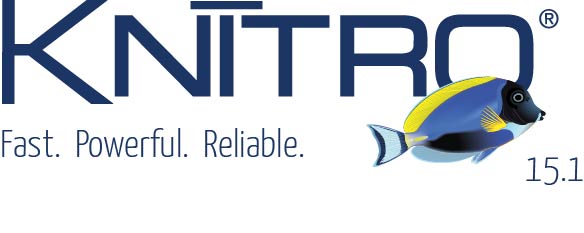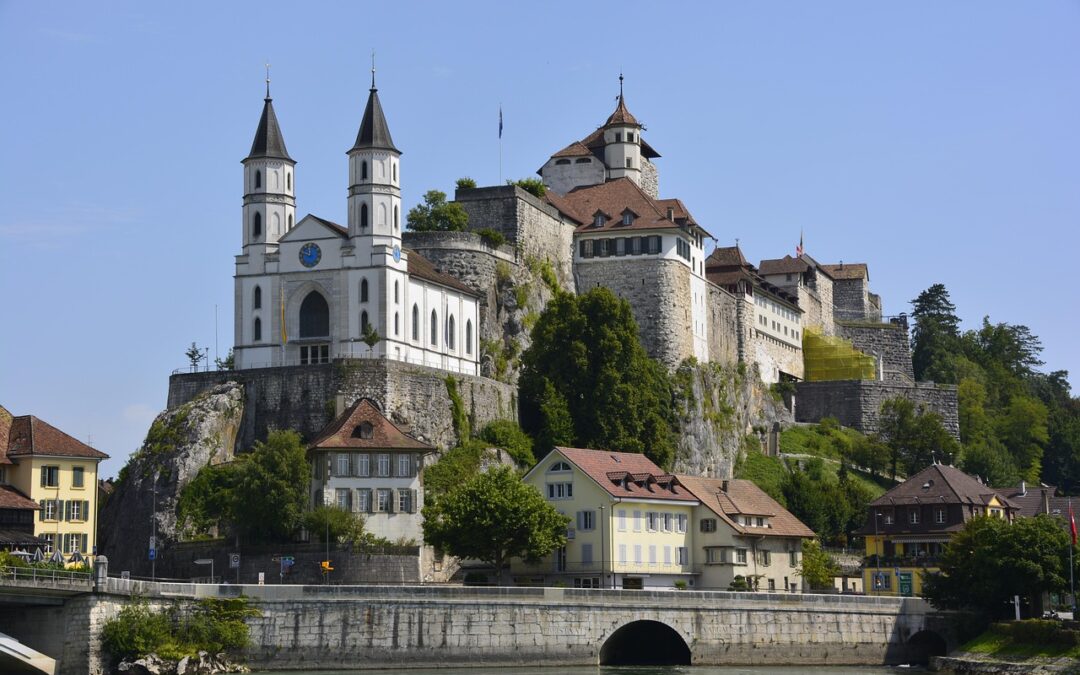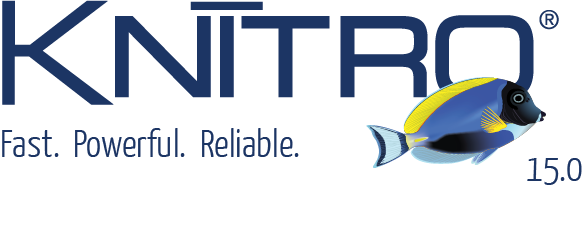Artelys has developed an energy planning tool for Le Havre Seine Métropole
This solution enables the visualization of crucial indicators such as energy consumption, energy production, greenhouse gas emissions from the energy sector, renewable potential, and fuel poverty, with an annual time step. The tool provides a global overview of the large quantities at stake at territorial level, as well as identifying certain data at neighborhood level.
With this achievement, Artelys contributes to the dissemination of open-access data provided by network operators and regional observatories, and supports local authorities in their energy transition, while quantifying the energy challenges of tomorrow for Le Havre Seine Métropole’s citizens.
A future-proof, multi-purpose tool
Thanks to this evolving tool, Le Havre Seine Métropole can monitor the energy reality of its territory and compare it with territorial objectives. It has also enabled Artelys to draw up a precise diagnosis of Le Havre Seine Métropole’s energy profile in 2021, which was used for the subsequent work on the energy master plan (scenario development via Artelys Crystal City and the climate plan produced by Algoé).

The energy planning tool also incorporates a detailed representation of the heating networks present in the area, including network routes, heat production sites and heat energy consumption at the IRIS level. This makes it easy to visualize opportunities for deploying new networks or expanding existing ones.
Finally, Artelys Crystal City integrates data from local services, such as public electric charging stations and local pollutant emission levels.
Advanced use of public databases
In this project, Artelys put its expertise in processing public territorial energy data to work for Le Havre Seine Métropole.
To establish the energy consumption profile of Le Havre Seine Métropole at the IRIS level (around 2,000 inhabitants), Artelys drew on a vast array of public data, notably from the French Ministry of Ecological Transition and Territorial Cohesion. Artelys then deducted territorial energy bills (annual budget spent on electricity, gas, biomass, etc.) via various price databases, as well as emissions via public emission factors from the ADEME Base Carbone (for greenhouse gas emissions).
To establish Le Havre Seine Métropole’s energy production profile, Artelys used public data from ENEDIS for photovoltaic energy, data from the regional observatory ORECAN for wood energy, and network data supplied by local heating network operators. In particular, the tool enables the local authorities of Le Havre Seine Métropole to precisely trace the evolution of fuels in their heating network, and the amplification of renewable energies.
Le Havre Seine Métrople’s testimony
“CRYSTAL CITY is a valuable resource because it centralizes all the data that was required to develop the SDE. It allows to compare progress if the projects undertaken over the years make it possible to achieve the energy objectives of the target scenario “Green and Blue Metropolis 2040”. In addition, the graphical and interactive interface is a relevant decision support tool.”
Candice Le Borgne, responsible for monitoring gas and electricity concessions, Le Havre Seine Métropole
If you would like to learn more about Artelys Crystal City, you can contact us or visit the dedicated web page.



Artelys Knitro 15.1: Solve your toughest pooling applications!
Artelys releases Knitro 15.1, bringing a new wave of performance upgrades and usability improvements to help you solve large-scale optimization problems faster than ever.

Swissgrid selects Artelys Crystal Super Grid
Artelys is pleased to announce that Swissgrid, the Swiss electricity Transmission System Operator (TSO), has selected Artelys Crystal Super Grid, our multi-energy simulation solution, to support their strategic planning and system analysis activities.

Artelys led the Assessment of Policy Options for Securing Inertia for the European Commission
The European Commission’s Directorate-General for Energy (DG ENER) selected Artelys (leader), Trinomics, and Tractebel ENGIE to study solutions for ensuring the future frequency stability of the European power system. The study report was published in August 2025 by...

Artelys Knitro 15.0: New Tools for Your Large-Scale Models
Artelys is pleased to announce the release of Knitro 15.0, which provides new algorithms and performance improvements to solve your large-scale optimisation problems, whether linear or non-linear, more quickly.
subscribe to our newsletters
© ARTELYS • All rights reserved • Legal mentions